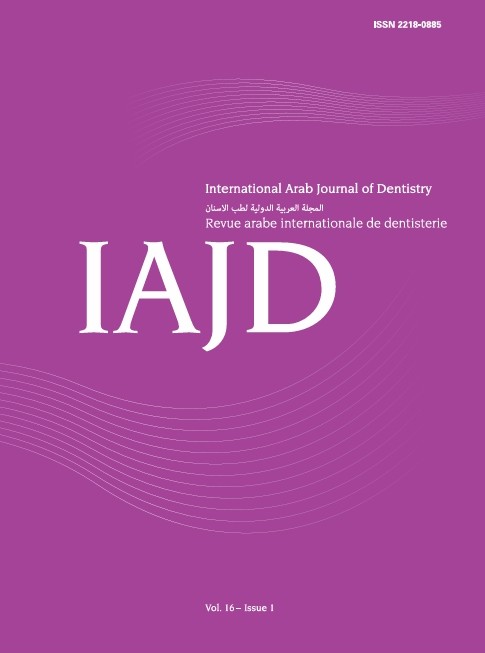Abstract
Objectives: This study investigates the color stability of denture teeth made from different materials when subjected to various staining solutions.
Methods: Forty-five A1 shade upper central incisors were divided into three groups: prefabricated, 3D printed, and milled denture teeth (N=45). Each group was further divided into three subgroups, with teeth immersed in coffee, wine, and artificial saliva for up to 120 days (n=5). ∆E values for color change were measured using an Optishade colorimeter.
Results: The type of teeth, type of solution, and immersion time had a significant effect on color stability (p < 0.001). Interactions between the three variables were all significant (p < 0.001). Conventional denture teeth showed slight color changes with saliva (∆E = 1.256 by day 120), moderate changes with wine (∆E = 2.893), and more significant changes with coffee (∆E = 5.208). Milled denture teeth exhibited no color changes with saliva, noticeable changes with wine (∆E = 5.359), and moderate changes with coffee (∆E = 3.137). 3D printed denture teeth showed no color changes with saliva, but increased changes with wine (∆E = 2.533) and highly significant changes with coffee (∆E = 10.546). Coffee consistently caused the highest ∆E values, especially in 3D printed teeth.
Conclusions: The study found that material choice in denture teeth fabrication significantly affects color stability, with milled teeth showing the highest color stability and 3D-printed denture teeth exhibiting the least color stability. In addition, coffee has been found to be the most chromogenic staining agent.

